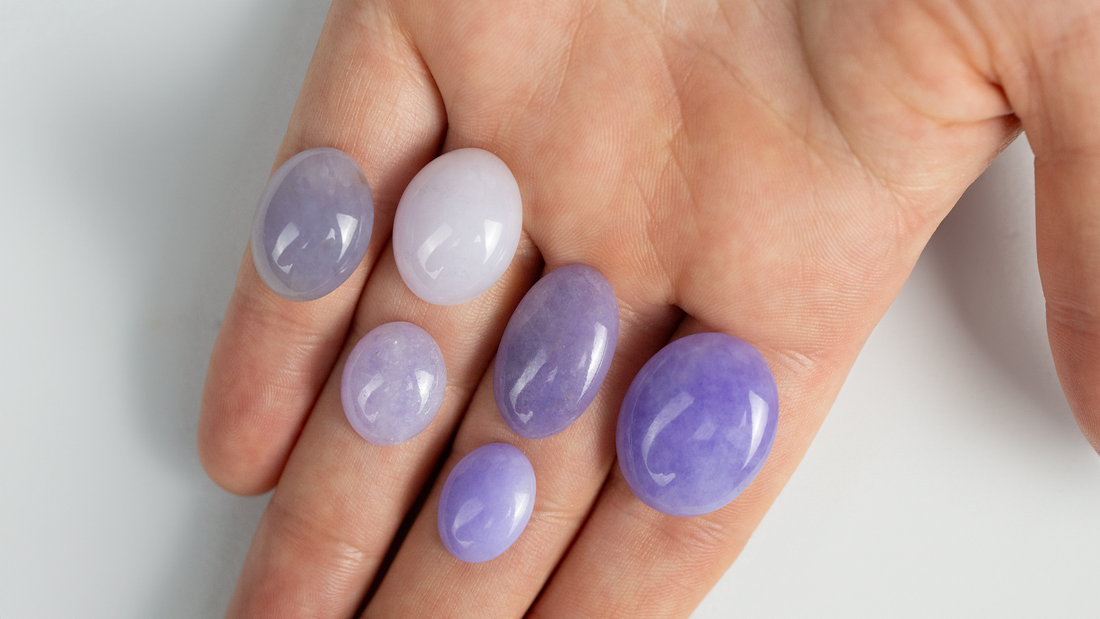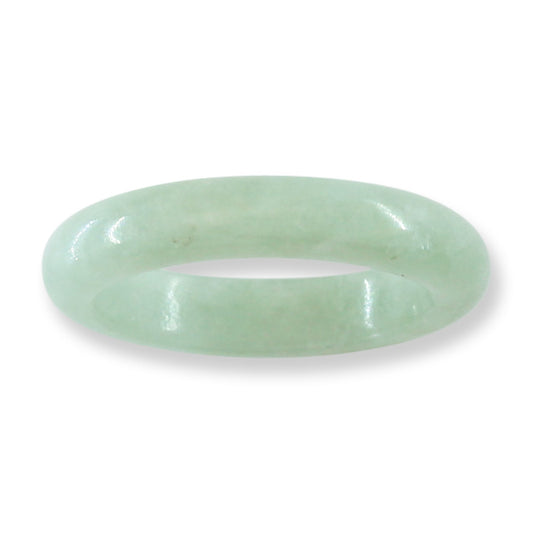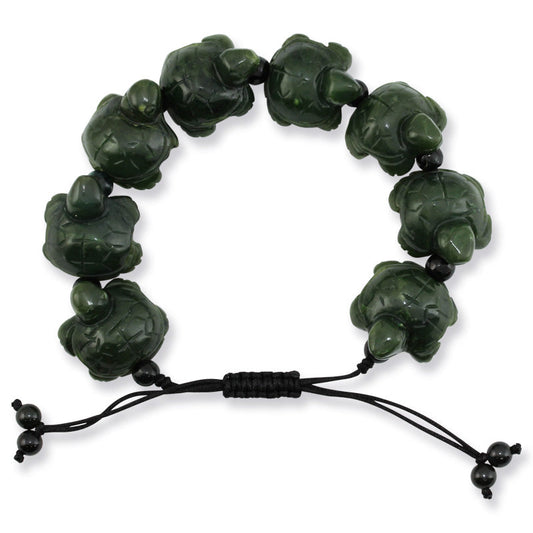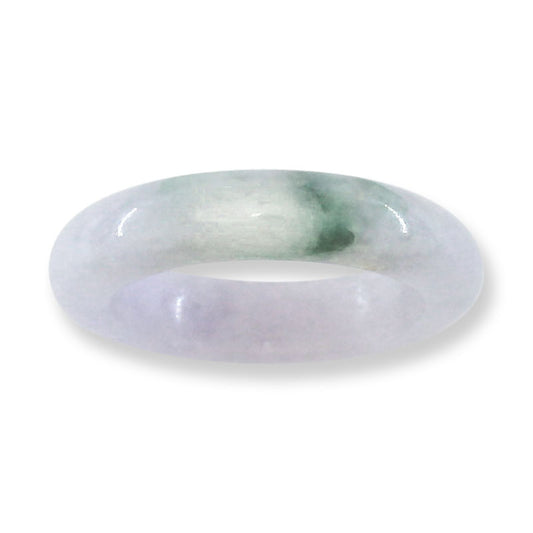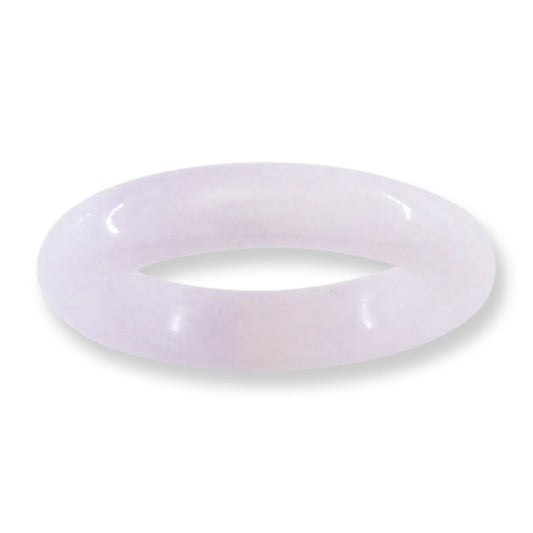Purple Jade: Real or Fake?
The short answer is this: Genuine, natural jadeite jade and even some nephrite jade can have a purple hue -- called "lavender jade" in the trade. However, the stone being sold as "Turkish purple jade" (more appropriately called "purple jadeite rock") is not considered a variety of jadeite jade / fei cui.
Keep reading to learn more.
What is jade?
Surprisingly, this is a difficult question to answer. The truth is that the term "jade" has been used manipulatively by sellers around the world for too many years. Considered by many to be a sophisticated trade term, "jade" refers gemologically to the gemstones known as jadeite jade (also called fei cui) and nephrite jade.
But we can't deny that the term jade isn't universally used in such a scientific way. In the United States, we characterize gemstones by their chemical composition and crystal structure. Historically, this is not how gems were categorized. "Ruby" used to refer to gemstones of red color, which is why many of the great rubies in history are actually spinel.
Even in modern times, a culture may define a gemstone by attributes other than chemical composition and crystal structure. The terms we use that have been scientifically defined for us, may have a different meaning elsewhere. This is the case of the word jade in the East.
In the words of Joey from Friends, "You see something, you hear a word, I thought that’s what it was."

Internationally, the English word jade is used today to mean "beautiful stone." This definition opens both jades up to mountains of misunderstanding, and allows unscrupulous sellers to get away with calling quartz, serpentine, garnet, and other gemstones "jade."
We can not overemphasize that a seller simply calling a gemstone "jade" is not enough. When selling, a gemstone should always be called by it's true name. If it is a jade, this means it will be introduced as either jadeite jade (also called fei cui) or nephrite jade (also called Hetian jade.) Following the establishment of it's gem type, the word "jade" can be used as a shorthand.
Shoppers: Don't be quick to buy jade from a listing that only calls a gemstone "jade." Inquire with the seller what the actual gemstone is, and whether or not it's been treated. Don't be afraid to ask questions!
So what is Turkish purple jade?
Another difficult question to answer, the inexpensive stone called "Turkish purple jade" has grown to be quite popular in the USA. Difficult to characterize because of it's variety in composition, the agreed upon definition is a polycrystalline aggregate of quartz, jadeite, and cinnabar.
Jadeite is a mineral. Just because a gemstone has jadeite in it, that doesn't make it jadeite jade.
You can learn more about the gemstone called "Turkish purple jade," also known as "purple jadeite rock" here in the Fall 2013 edition of GIA's Gems and Gemology.
Lavender Jade
"Lavender jade" refers to genuine jadeite jade with a purple hue. Sometimes called "lilac jade," lavender jade is coveted as the 2nd most desirable color of jadeite jade. Imperial qualities of lavender jade have been known to sell for tens and even hundred of thousands of dollars.
At Mason-Kay Jade, we sell a collection of lavender jade jewelry that has been tested and is guaranteed natural (meaning untreated) jadeite jade.
Note: We don't typically sell lavender nephrite jade, which is often called "smoky lavender" or "smoky purple" Hetian jade on the market.
Learn more about real lavender jade quality and value here:

